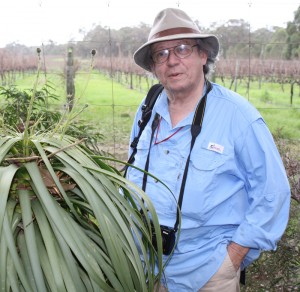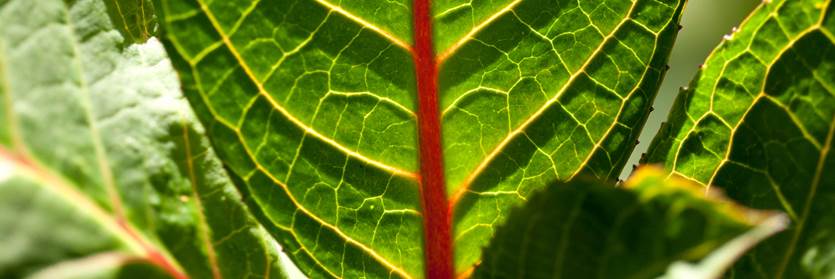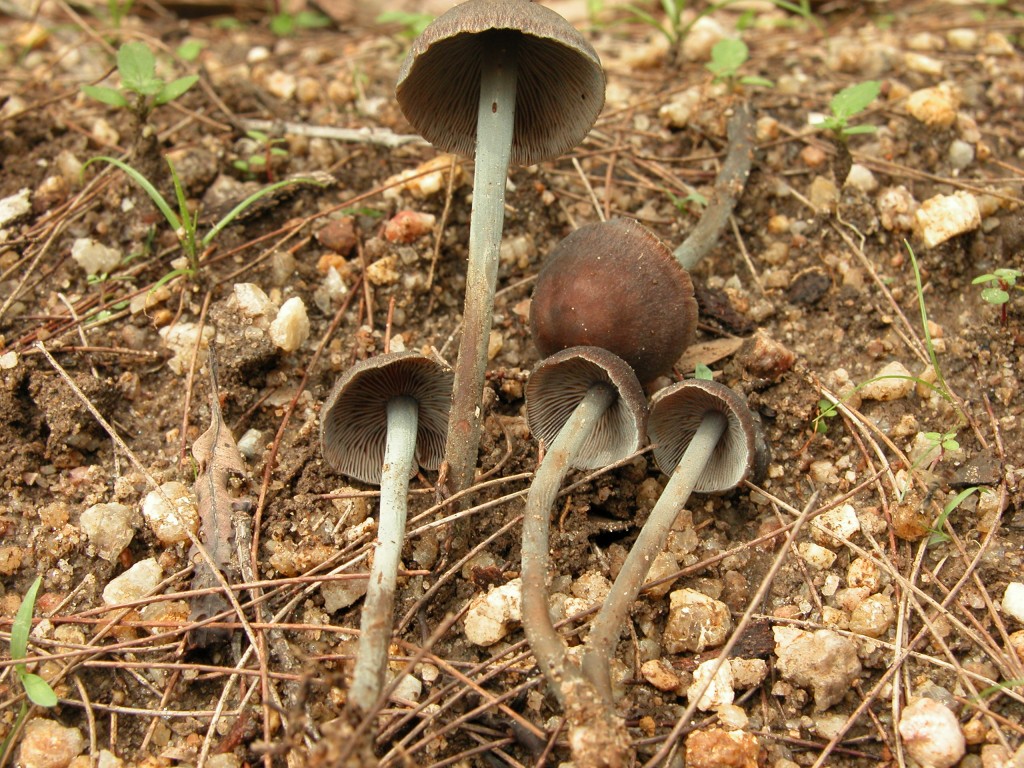Ending a Research Drought in the Australian Outback
Posted in Travelogue on April 3, 2014 by Dennis Stevenson
Dennis Wm. Stevenson, Ph.D., is Vice President for Laboratory Research at The New York Botanical Garden. One of his major research interests is plant evolution.

I spent the month of November 2013 in Australia on fieldwork for a project on the coevolution of certain plant groups and the specialized wasps that pollinate them. The plan was to collect the plants with their pollinators in the act, and to that end, I was accompanied by an entomologist, Dr. James Carpenter of the American Museum of Natural History. We also had collaborators from various herbaria and natural history museums across the continent.
The itinerary was a drive of more than 3,000 miles from Adelaide in South Australia to Brisbane in Queensland, following the River Murray in South Australia and then another river, the Darling, to Broken Hill, a mining city in New South Wales. From there, our route took us to Bourke, then Cunnamulla, and east to Brisbane. At both the start and end of the itinerary there was rain, so late spring flowers were in full bloom. But in between, things did not go quite according to plan because the Outback was in deep drought. In Cunnamulla, a police officer told us it had been more than a year since the last rainfall!

